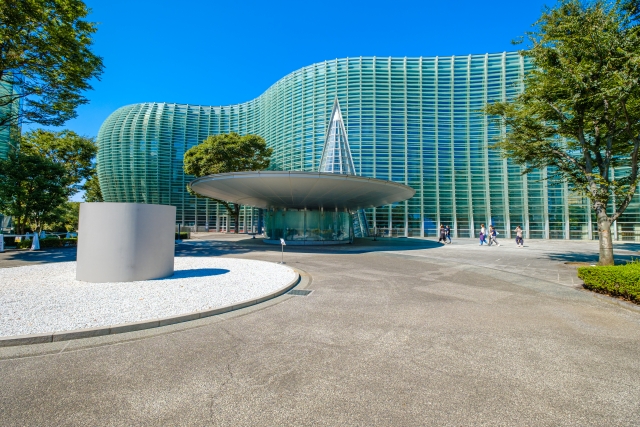Tokyo is more than just skyscrapers, shopping streets, and gourmet dining. It’s also one of the world’s most exciting art capitals, offering everything from timeless European masterpieces to distinctly Japanese aesthetics and bold contemporary works. Best of all, you can explore many of these cultural treasures with minimal travel between them.
In Tokyo, a museum visit isn’t only about what’s on the walls—it’s also about the building’s architecture, the gardens, the surrounding neighborhood, and the cultural atmosphere. This guide introduces seven museums that are easy to access, rich with cultural meaning, and perfect for first-time visitors.
1. The National Museum of Western Art (Ueno)
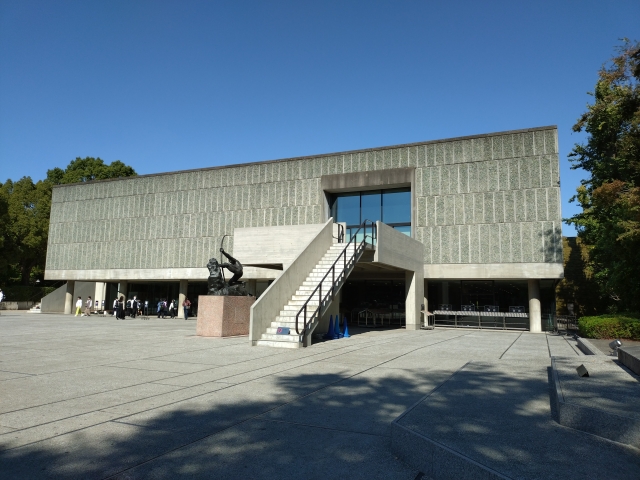
- Highlights: Works by Monet, Renoir, and Rodin, including The Water Lilies and The Thinker. Designed by the French architect Le Corbusier, the building itself is a UNESCO World Heritage Site.
- Cultural Background: The museum houses the Matsukata Collection, much of which was returned to Japan from France after World War II. It symbolizes Japan’s postwar cultural exchange with the West.
- Time Needed: 1–1.5 hours for the permanent collection; 2+ hours for special exhibitions.
- Access: 1-minute walk from JR Ueno Station (Park Exit).
- Nearby Attractions: Ueno Zoo, Tokyo National Museum, Shinobazu Pond, Ameyoko market.
- Tip: Arrive soon after opening to avoid crowds. The outdoor sculpture garden is free and worth a visit even if you don’t have time for the galleries.
2. Mori Art Museum (Roppongi)
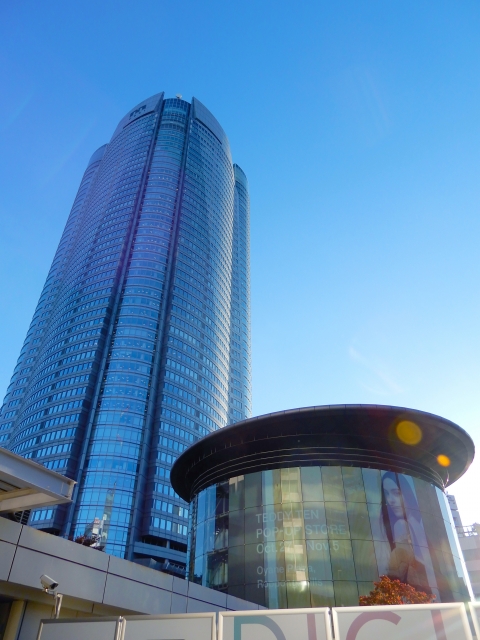
- Highlights: Internationally acclaimed for its contemporary art exhibitions, often focusing on global social, cultural, and environmental themes. Many exhibits allow photography.
- Cultural Background: Since its opening in 2003, it has served as a bridge between Asian and global contemporary art scenes, hosting dynamic exhibitions that change completely every few months.
- Time Needed: 1.5–2 hours.
- Access: 3-minute walk from Roppongi Station (Tokyo Metro), located on the 53rd floor of Roppongi Hills Mori Tower.
- Nearby Attractions: Tokyo Tower, Roppongi Hills Observation Deck (same building), Keyakizaka seasonal illumination (winter).
- Tip: Some days the museum stays open until 10 p.m.—a perfect chance to pair art viewing with breathtaking Tokyo night views. Weekday evenings tend to be less crowded.
3. The National Museum of Modern Art, Tokyo (Takebashi)
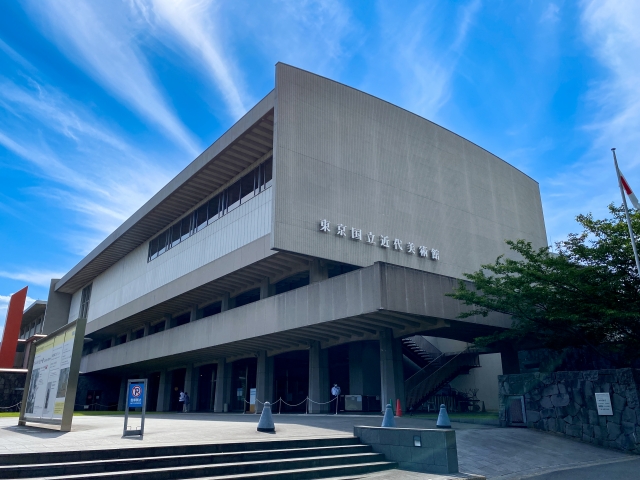
- Highlights: The only national museum dedicated to modern Japanese art. The permanent collection features masters such as Yokoyama Taikan and Kishida Ryūsei.
- Cultural Background: Offers a rare opportunity to trace Japan’s artistic transformation from the Meiji era, when Western influences arrived, through the blending of modern and traditional styles.
- Time Needed: 1–1.5 hours for the permanent collection; 2+ hours with special exhibitions.
- Access: 3-minute walk from Takebashi Station (Tokyo Metro).
- Nearby Attractions: The East Gardens of the Imperial Palace, Nippon Budokan, and Jimbocho’s historic book district.
- Tip: Combine your visit with a stroll through the Imperial Palace gardens. The view of the moat from the museum’s windows changes beautifully with the seasons.
4. Mitsubishi Ichigokan Museum (Marunouchi)
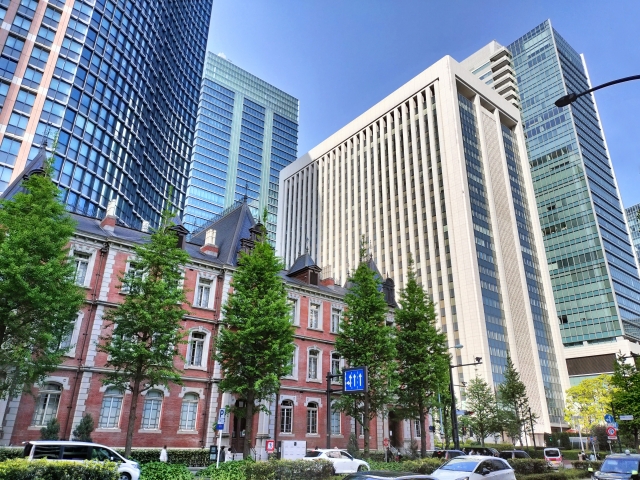
- Highlights: Focuses on late 19th- to early 20th-century Western art. The red-brick building and its courtyard garden offer a picturesque setting.
- Cultural Background: Originally built in 1894 as Japan’s first Western-style office building, it was faithfully reconstructed in 2010. It reflects the Meiji era’s embrace of Western culture during Japan’s modernization.
- Time Needed: Around 1–1.5 hours.
- Access: 5-minute walk from Tokyo Station (Marunouchi South Exit).
- Nearby Attractions: Marunouchi Naka-dori’s cafés and boutiques, the Outer Gardens of the Imperial Palace.
- Tip: After viewing the exhibitions, relax at Café 1894 inside the museum—an elegant spot once used as a bank. Exhibition ticket holders may receive discounts.
5. The National Art Center, Tokyo (Nogizaka)
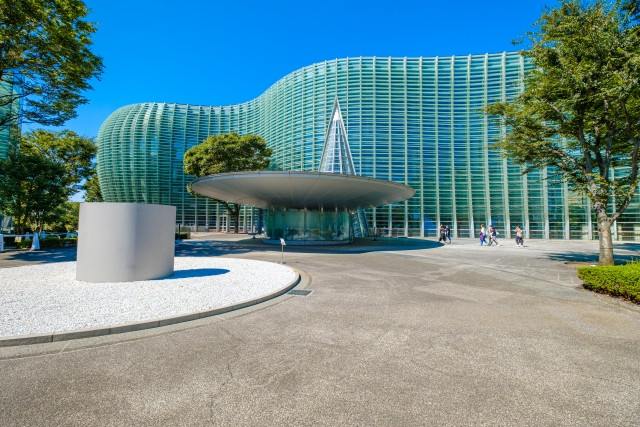
- Highlights: A museum without a permanent collection—its vast exhibition spaces host constantly changing shows, from Kusama Yayoi retrospectives to Studio Ghibli exhibitions. The glass façade and cone-shaped café are iconic.
- Cultural Background: Opened in 2007 as one of Japan’s newest national museums, it was designed to be a flexible venue, embracing a wide variety of genres and making art more accessible to the public.
- Time Needed: 1.5–2 hours, depending on the exhibition.
- Access: Direct connection to Nogizaka Station (Tokyo Metro).
- Nearby Attractions: Tokyo Midtown, Omotesando, and the Aoyama district.
- Tip: Popular exhibitions can have long lines on weekends—visit in the morning for a smoother experience. Architecture lovers should take time to appreciate the building’s flowing curves.
6. Nezu Museum (Aoyama)
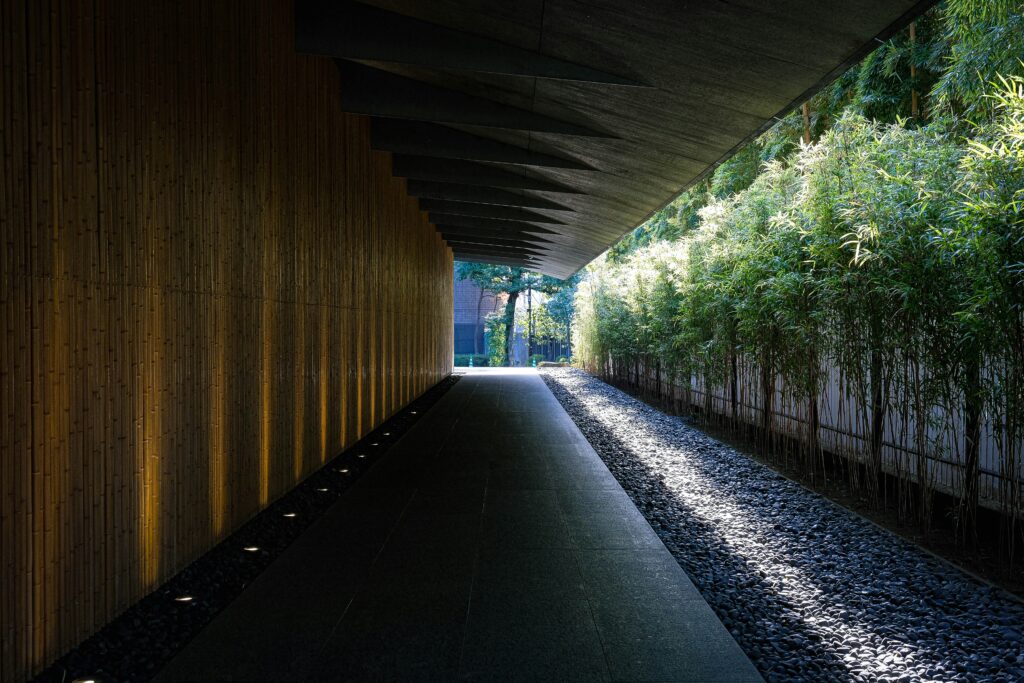
- Highlights: A serene blend of traditional Japanese art and architecture. The collection includes tea ceremony utensils, Buddhist art, calligraphy, and seasonal exhibition themes. The landscaped Japanese garden is a highlight, especially in spring and autumn.
- Cultural Background: Founded by industrialist Nezu Kaichirō in 1941, the museum embodies the concept of beauty in everyday life, a cornerstone of Japanese aesthetics. Its architecture, redesigned by Kengo Kuma, integrates nature and minimalism.
- Time Needed: Around 1.5–2 hours (including the garden).
- Access: 8-minute walk from Omotesando Station (Tokyo Metro).
- Nearby Attractions: Omotesando’s fashion streets, Aoyama Cemetery (famous for cherry blossoms), and trendy cafés.
- Tip: Visit in the morning for a quieter atmosphere, and don’t skip the tea house in the garden for a peaceful break.
7. Edo-Tokyo Museum (Ryogoku)
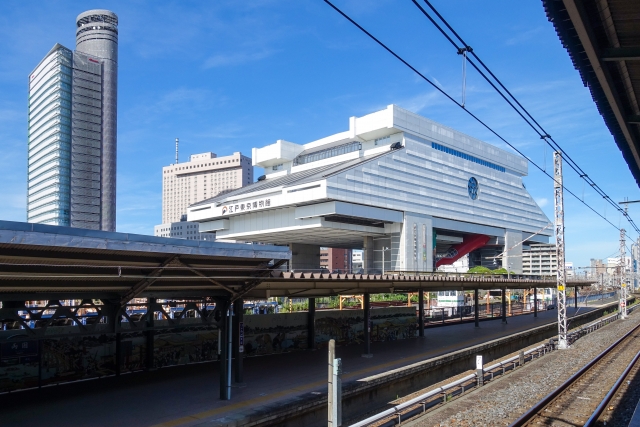
- Highlights: A large-scale, interactive museum that recreates the streets, lifestyles, and culture of Tokyo from the Edo period (1603–1868) through the modern era. Life-size models and historical artifacts bring the city’s evolution to life.
- Cultural Background: Opened in 1993, the museum celebrates Tokyo’s history and resilience, from its origins as a samurai city to its role as a global metropolis. It’s also a reminder of how urban design and cultural traditions have adapted over centuries.
- Time Needed: 2–3 hours to fully explore.
- Access: 3-minute walk from Ryogoku Station (JR or Toei Subway).
- Nearby Attractions: Ryogoku Sumo Hall, traditional chanko-nabe restaurants, Sumida Hokusai Museum.
- Tip: English-speaking volunteer guides are often available for free—ask at the information desk.
How to Get the Most Out of Your Museum Visits
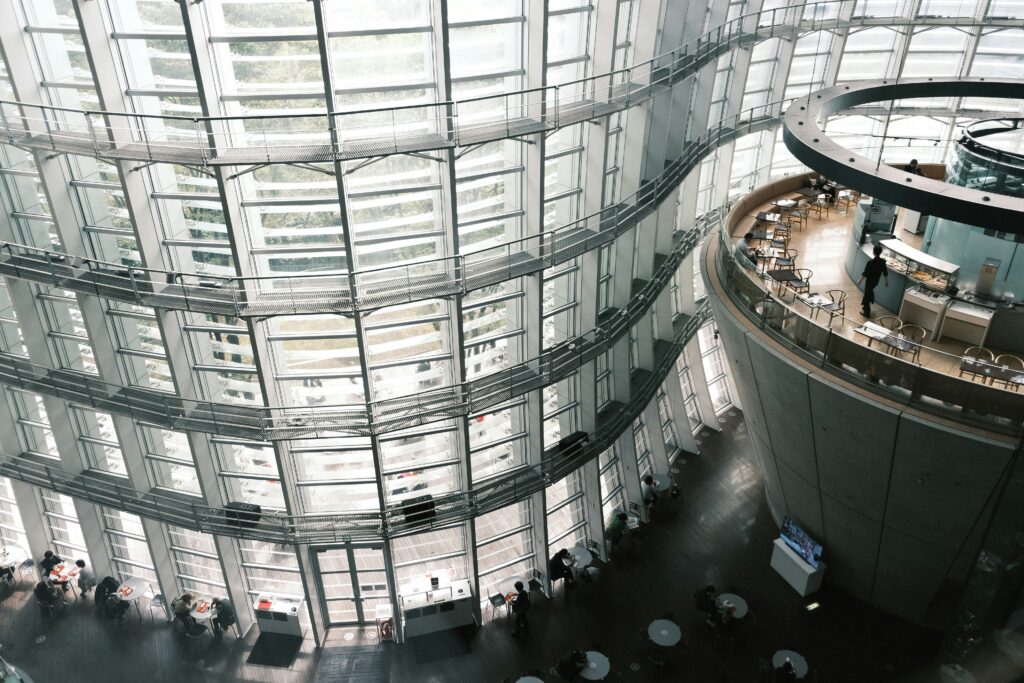
- Do Some Homework
Checking the official website or brochure in advance will deepen your understanding of the artists and themes. - Enjoy More Than Just the Art
Architecture, gardens, cafés, and museum shops are all part of the experience. Souvenirs make for lasting memories. - Take Your Time
Focus on one or two museums rather than rushing through many—you’ll remember the experience more vividly. - Match the Season
Ueno in cherry blossom season, autumn leaves at the Imperial Palace, or winter illuminations in Roppongi can make your visit even more special.
Tokyo’s museums offer more than artistic treasures—they provide windows into Japan’s history, values, and urban culture. Adding even a small “art break” to your itinerary will enrich your impression of the city and make your journey truly unforgettable.

